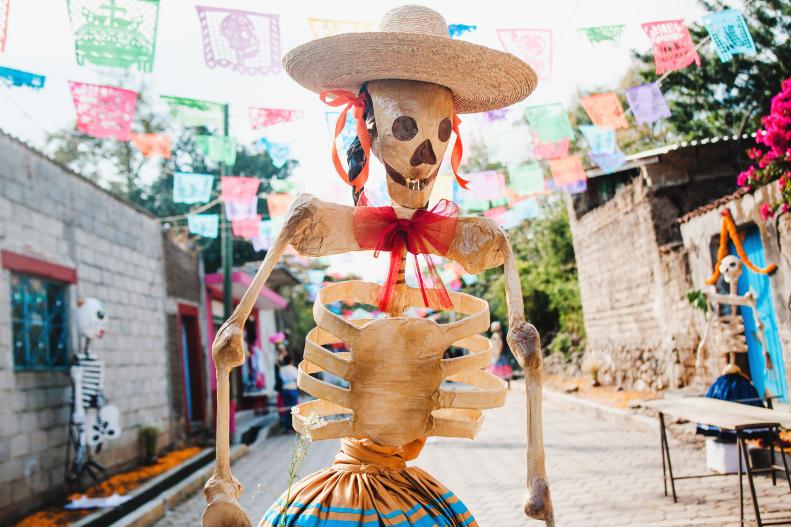About Día de Muertos
Día de Muertos, (Día de los Muertos) or the Day of the Dead, is a rich tradition that's been a centerpiece of Mexican culture for more than 3,000 years. Ancient indigenous societies of the Aztecs, Toltec and Mayans viewed life as a dream, and in death — an awakening. To honor their ancestors, they held meaningful and symbolic ceremonies, which included creating ofrendas (altars) with elements of earth, fire, water and air. Initially, this took place during the summer months but, by the 16th century, the Spanish influence and Catholic missionaries shifted Día de Muertos to November 1-2 to align with All Souls Day and All Saints Day.
Today, the essence of Día de Muertos embodies the continuum of life. Instead of fearing death, it is recognized, appreciated and celebrated as a part of the cycle of life. Families craft intricate ofrendas, setting the stage for the spirits of their dearly departed to make a fleeting, yet meaningful, return. It honors the bonds we share with our loved ones.
Día de Muertos is not about us mourning our loved ones who passed but hosting and welcoming them back to their earthly home for a short period of time.









